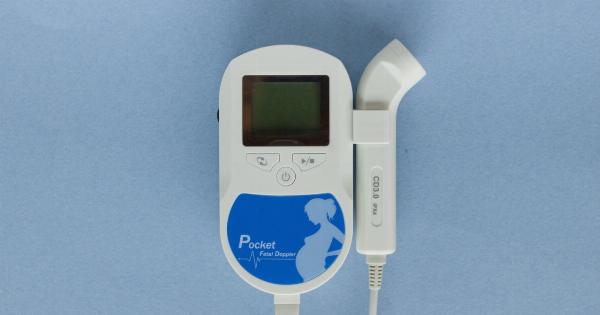Vitamin D, often known as the “sunshine vitamin,” plays a crucial role in maintaining good health.
It is responsible for numerous functions in the body, including promoting bone strength, regulating the immune system, and supporting cardiovascular health. Recent studies have suggested a potential link between Vitamin D deficiency and hypertension, particularly in children. This article explores the connection between these two conditions, discussing their causes, symptoms, and treatment options.
Understanding Vitamin D Deficiency
Vitamin D deficiency occurs when the body lacks sufficient Vitamin D to function optimally. While the primary source of Vitamin D is sunlight, it can also be obtained through certain foods and supplements.
However, various factors contribute to a deficiency in children, including lifestyle and dietary habits. Children who spend excessive time indoors, have limited sun exposure, or have certain medical conditions are at a higher risk of developing a Vitamin D deficiency.
The Link Between Vitamin D Deficiency and Hypertension
Recent studies have revealed a potential relationship between Vitamin D deficiency and hypertension in children. Hypertension, commonly known as high blood pressure, occurs when the force of blood against the artery walls is consistently too high.
While hypertension is often associated with obesity, poor diet, and sedentary lifestyle, research suggests that low levels of Vitamin D may also contribute to its development.
Causes of Hypertension in Children
Several factors can contribute to the development of hypertension in children. These include:.
- Obesity: Excessive body weight puts added strain on the cardiovascular system, leading to elevated blood pressure levels.
- Unhealthy Diet: Consuming foods high in salt, sugar, and unhealthy fats can contribute to hypertension.
- Family History: Children with a family history of hypertension are more likely to develop the condition.
- Sedentary Lifestyle: Lack of physical activity can contribute to weight gain and hypertension.
Symptoms of Vitamin D Deficiency and Hypertension
Both Vitamin D deficiency and hypertension may initially present with subtle or no apparent symptoms. However, over time, certain signs may become apparent, including:.
Vitamin D Deficiency Symptoms:
- Fatigue and weakness
- Bone pain and fractures
- Muscle aches and weakness
- Impaired immune function
- Delayed physical development
Hypertension Symptoms:
- Headaches
- Blurred vision
- Fatigue
- Chest pain
- Shortness of breath
Treatment and Prevention
If Vitamin D deficiency or hypertension is suspected in a child, it is important to consult a healthcare professional for an accurate diagnosis and appropriate treatment plan. The following interventions may be recommended:.
Treatment for Vitamin D Deficiency:
The primary treatment for Vitamin D deficiency is supplementation. A healthcare professional may recommend Vitamin D supplements or specific dietary changes to increase Vitamin D levels.
Sun exposure should also be encouraged, while taking necessary precautions to protect the skin from harmful UV rays.
Treatment for Hypertension:
Treatment for hypertension in children often involves lifestyle modifications, such as dietary changes and increased physical activity. In some cases, medications may also be prescribed to manage blood pressure effectively.
Regular monitoring of blood pressure and maintaining a healthy lifestyle are essential for long-term management and prevention of complications.
Conclusion
Vitamin D deficiency and hypertension are concerning conditions that can affect children’s health and well-being.
While further research is needed to establish a direct causal link between these two, evidence suggests that maintaining adequate Vitamin D levels may play a role in preventing and managing hypertension in children. Early detection, proper diagnosis, and timely intervention are crucial in addressing these conditions effectively.
By promoting a healthy lifestyle, ensuring adequate sun exposure, and consulting healthcare professionals, parents and caregivers can help safeguard their children’s health.






























